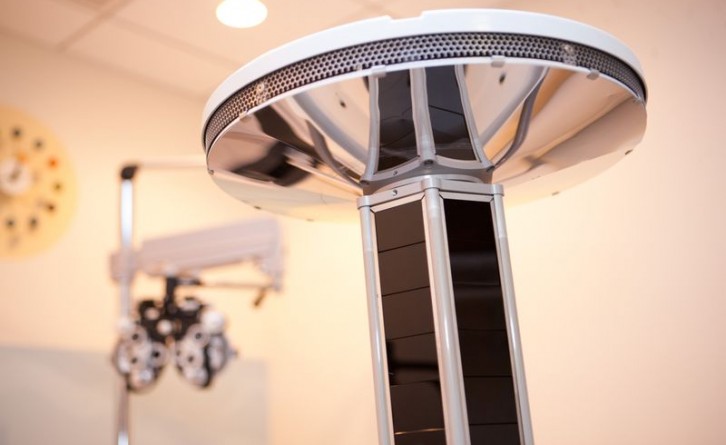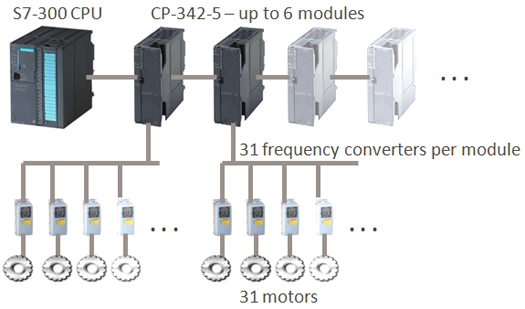

Since their introduction into hospitals, robots have sliced up and sponge-bathed humans across the globe. Now they’re set to automate emergency care. With about 40 percent of ER patients arriving with potentially life-threatening afflictions and others with minor grievances, automating the triage process could lead to more efficient and expeditious treatment.
Computer engineers at Vanderbilt University have teamed up with emergency medicine specialists at the school’s medical center to explore how robots could improve the chaotic process of prioritizing incoming ER patients. They envision robots, dubbed TriageBots, which would check patients in, gather their medical records, administer diagnostic tests and work with doctors to provide preliminary diagnoses and allocate medical attention according to need.
While people wait in the emergency room, they would sit in special “smart” chairs stocked with interactive diagnostic equipment that could relay more comprehensive data to medical personnel.
Based on the level of urgency, the triage bots could either immediately notify medical staff or give the patient an estimated wait time. Mobile robots would circulate around the waiting room to check on the status of patients awaiting care and reallocate priorities if necessary.
Previously efforts have been made to create algorithms for analyzing patient data and even rank patients according to need, but this is the first proposal to roboticize the process of admitting patients and assigning treatment.
While the overall system is currently little more than a proposal, a group of undergraduate engineering students have begun building a prototype which includes a touch-screen display, camera, blood pressure cuff, electronic weight scale and pulse checker. No word yet on whether it can ask patients to bend over and cough.







